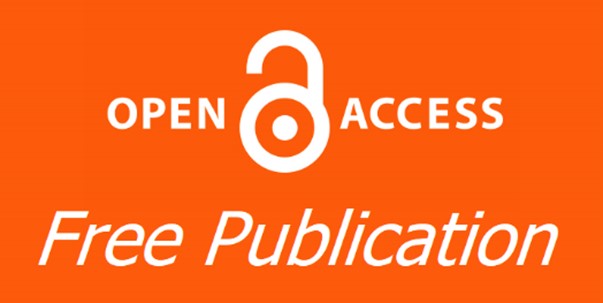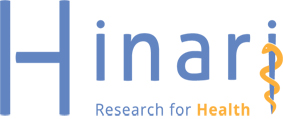Article Type
Article
Abstract
Background: Adequate removal of obstructing adenoid tissue with conventional curettage adenoidectomy is achievable only in about two thirds of patients. The reason for that is the fact that it is a blind surgery to a far extent. The introduction of endoscopes and powered instruments in nasal surgery allowed better visualization and made precise disease control possible.
Aim: The aim of this study was to compare the outcome of curettage adenoidectomy–group A- and endoscopic guided adenoidectomy (curettage adenoidectomy assisted with sinuscopy-group B- and Shaver adenoidectomy –group C).
Patients and Methods: The study included 60 patients with enlarged adenoids justifying surgery. Patients were classified into 3 groups A,B, and C and were subjected to curettage adenoidectomy, curettage adenoidectomy assisted with sinuscopic removal of any remnants and shaver adenoidectomy respectively.
Results: Adenoid residue after surgery was significantly higher in group A than in group B and C. No significant difference was found between group B and C. Duration of surgery was significantly less in group A than group B and C. Group B was the longest. Blood loss was significantly less in group C than in group A and B. Complications were generally few and insignificant in the 3 groups.
Conclusion: Although curettage adenoidectomy is a fast surgery, it has a high incidence of residual disease which may require another surgery. Use of endoscope improved the visibility of the operative field. Any residual adenoid can be dealt with either with regular or powered instruments like the Shaver.
Keywords: Adenoidectomy, endoscopic guided techniques.
Recommended Citation
Saleh EM, Ahmed HE, Mohammed SI,
et al.
Outcomes of Endoscopic guided adenoidectomy versus conventional adenoidectomy.
Pan Arab J. Rhinol.
2018;
8 : -.
Available at:
https://pajr.researchcommons.org/journal/vol8/iss2/11
















